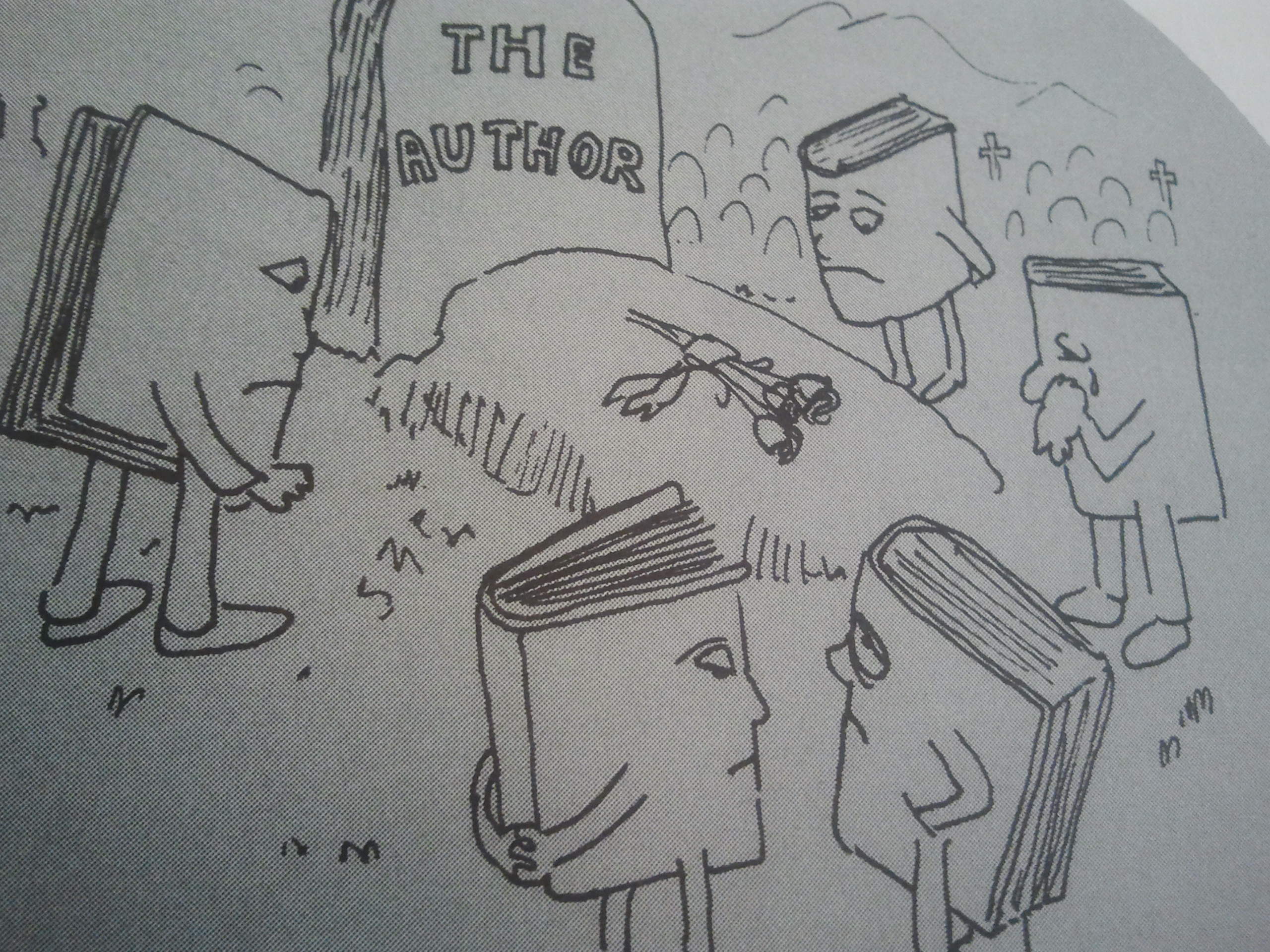Last Friday, thanks to the Residential College’s Feminist Forum, I attended a talk given by Chicago pop music critic Jim DeRogatis entitled “R. Kelly, Woody Allen, and Daniel Tosh: Does Separating the Art from the Artist Perpetuate Violence Against Women?” DeRogatis was the key journalist in breaking the stories of R. Kelly’s notorious sex crimes against underage girls. Though I didn’t agree with everything said by DeRogatis, his main point – to get us talking about the major issues of sexual violence prevalent in mass media – was highly successful. In brief, as I understood it, DeRogatis expressed that when an artist’s personal transgressions are reflected in their art, the public is sustaining an environment of acquittal, which is exactly the verdict declared on the R. Kelly trials despite the filmed evidence to the contrary. DeRogatis, however, argued that while he could never watch Woody Allen’s Manhattan (a film about an older man in a relationship with a much younger woman) due to its relation to the allegations surrounding the director, he would still highly esteem Midnight in Paris because its quality exists in a separate sphere than Allen’s personal life. DeRogatis referenced fellow journalists who have called the public to action by way of creating a less easy environment for these major names to not only get away with heinous crimes, but also to create and put out art explicitly about those crimes. Where DeRogatis’ focus was on the latter, I’d like to emphasize the crucial nature of the former.
It didn’t take long for me to realize that much of the ground covered in this talk directly and indirectly related to my former blogs. This was a red flag for me to do some rethinking. DeRogatis’ point that art unrelated to the artist’s personal life could still maintain merit really struck a chord with me that contradicts some of what I said previously on the death of the artist. Feeding into a public figure’s good reputation and wealth does in fact provide these figures with an easier environment to escape the repercussions of their actions. Continuing to support figures such as Terry Richardson, whose alleged sexual assault against his models has been widely publicized, reinforces not only their means of escaping the system, but also perpetuates a mentality that says this kind of behavior is okay if your art is good enough. Some of the top voices in pop culture on women’s advocacy have worked with Richardson, such as Beyoncé and Lady Gaga, and his career continues to flourish because his portfolio trumps his criminal record.
There are also many artists who produce work with violent and sexist messages that that differentiate from their personal life. I am a firm advocate of free speech, but until we establish a groundwork of morality, I think artists like Eminem are playing with fire when they put horribly violent and degrading lyrics into their art. I think Eminem has so much talent but lyrics like “Bitch I’ma kill you! You don’t wanna fuck with me Girls neither – you ain’t nothing but a slut to me Bitch I’ma kill you!” disturb me on a level that transcends freedom of speech issues. It’s the same with comedians and rape. I understand joking about harsh realities to make them seem lighter, but until society has a better handle on the overwhelming rape and sexual assault culture, rape is just not funny. It’s not free speech that needs to be changed, it’s not more censorship that we need, it’s a major mentality shift where consumers begin to exercise their rights and raise their voices in starting these kinds of conversations or abstaining from works of art (or artists) that oppose their values.
DeRogatis was absolutely correct about one thing, we can’t keep giving these well established figures of talent an environment to act as they please with no repercussions. I want artists to be able to say whatever they want about anything, but until we live in a society where there is an educated awareness about the reality of these issues of sexual violence, I think artists need to create with a better sense of social responsibility to the mass audience they’re reaching. The death of the artist is important to the work, but the artist as a member of this society should not be able to hide behind his art from the consequences of his or her actions. The messages put out by world renowned artists, like Eminem, are instrumental in facilitating this change. That being said, I also firmly believe in the social responsibility of the consumer. It’s time that we start really understanding where our money is going and what kind of morals and lifestyles we want to support. I may understand that Eminem is playing a character, but his middle school audience might not. The media is accessible to all ages and while no one can be sheltered from the harsh realities, we can all use our voices and buying power to stop the promotion of sexist and sexually violent ideologies, at least until we live in a world where they don’t already permeate reality.
Thank you so much to Jim DeRogatis and the Feminist Forum for providing me with the tools and inspiration for rethinking some of my former claims. Whether you agree with me or not, it’s important that we are talking about these issues in hopes of bringing about the change we want to see in mass media and in our everyday lives.







